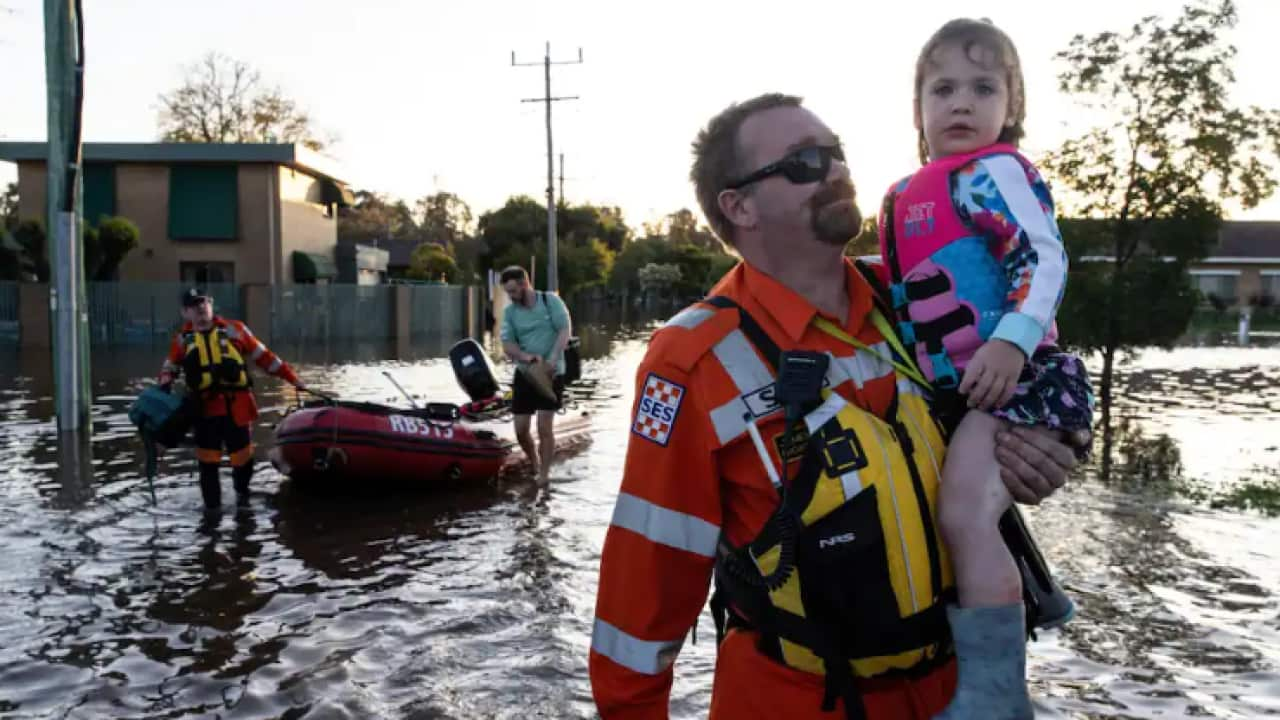When storms and floods hit, most communities in Australia rely on their local state or territory Emergency Services for assistance.
Commonly known as the SES, these agencies help communities prepare for emergencies, to minimise their risk. They assist with evacuations, and the clean-up and repair tasks after the rain stops and waters subside.
People who live near waterways should always keep informed of weather conditions in case it floods. Communities can monitor up-to-date weather forecasts through The Bureau of Meteorology or SES apps, websites, or through their social media.
They must be ready to enact their emergency plans before the water rises. If they have children, pets, or livestock, they should know how and where they will take them to safety.
Depending on the danger level, they may need to evacuate. Alternatively, they may decide to stay and defend their property.
Dorothy Tran is a Community Capability Officer for the NSW SES. She says the first step is preparedness. People must understand their risk level, so they can draft an emergency strategy detailing what they’ll do when disaster strikes.
“Before people look at drafting a plan, they need to know why they’re drafting that plan, what is their actual risk. Do they know if where they live, work or visitor areas, could be impacted by storms or floods? Storms can strike anywhere so always being storm prepared is a very good thing. In terms of floods, if you live near waterways, a creek, a storm pipe, they need to be mindful of where that water might flow and what it might impact them in terms of either their house or their transit and transport day to day from work and home.”
SES volunteer Cristina Sabato also recommends not parking vehicles under trees, near drains, or next to anything that can cause damage.
She stresses that the most important and potentially life-saving advice is to refrain from driving through floodwaters.
The murky water may be hiding debris or road damage underneath, even sinkholes. There may be dangerous undercurrents or torrents capable of washing vehicles away.
It is also important to check that your insurance policy is current and adequate. Ensure it covers you for the types of events specific to your location. These may include flash flooding, storm water runoff, associated landslides and damage caused by trees or falling items.
